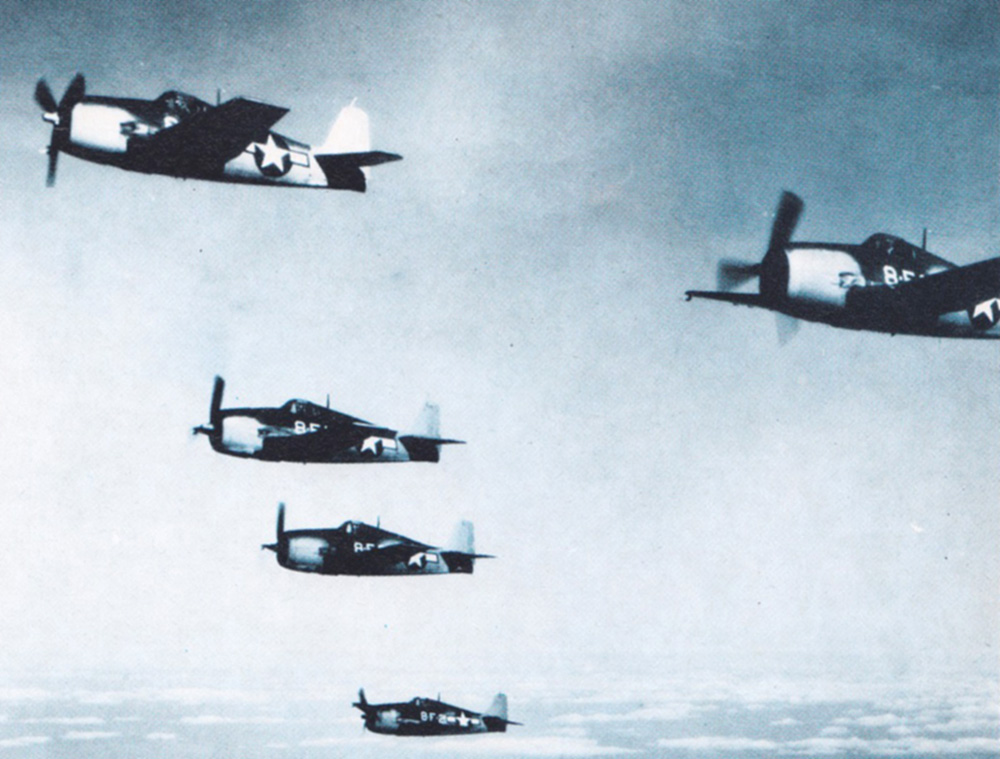11-23-19
I started recently contemplating “Wars” and how we think about them. What reference points do we use when we think about World War Two (the Second Act of WWI), Korea, Vietnam and the War on Terror? In WWII, we think of our foes primarily in two ways. Our enemies were citizens of specific countries: Germany, Italy and Japan, and we think of them primarily that way. We fought the Gerries, Krauts, Japs, etc. We also think of them in terms of their socio-political organizations: Nazis, Fascists, Imperialists. In other words, by Ideology.
The two major Cold War wars that we asked our sons to fight in: Korea and Vietnam were proxy wars in which by helping our allies, we were fighting Communism (Russia and China.) In early days of our involvement in Vietnam, Kennedy’s advisors pushed hard the “Domino Theory” that if we didn’t stop Communism by helping South Vietnam stop Ho ChiMinh and the North Korean insurgency, well, then, where would it stop? (If you’re as ancient as I am, perhaps you remember the graphics and map that Walter Cronkite showed on his nightly news to illustrate the impending fall of the dominoes.)
In these two wars, our enemy was not a country, but rather, an Ideology.
Fast forward to the War on Terrorism. Most of the terrorists who tipped this country upside-down by their acts on 9-11 were Saudi Arabians. We didn’t declare war on Saudi Arabia. We did go to war with a coalition of allies in Desert Storm; once again as troops supporting our allies. Subsequent military actions, stretching from the Mediterranean Sea to Afghanistan, in which many of our brave sons and daughters have perished and many more were seriously wounded (in body and mind) fighting to protect our freedom; the enemy has been cast in a different way.
Unlike previous wars we fought against other Countries or Ideologies, we now primarily see the enemy in the War on Terrorism in religious terms. (I am pointing this out as an observation — not making a judgment on the rightness or wrongness of such thinking.) We now mostly view this as a war on Radical Islam. We have thrown a VERY big tent over this fight – because Muslims number more than 1.8 billion people worldwide (one quarter of the world’s population) and they belong to the second largest religion in the world, right behind Christianity.
I don’t know what to make of all this except that our notion of the enemy over the last one hundred years has changed as coming from a “certain Country”, to coming from a “certain Political System” to now as coming from a “certain Religion.”
steve




